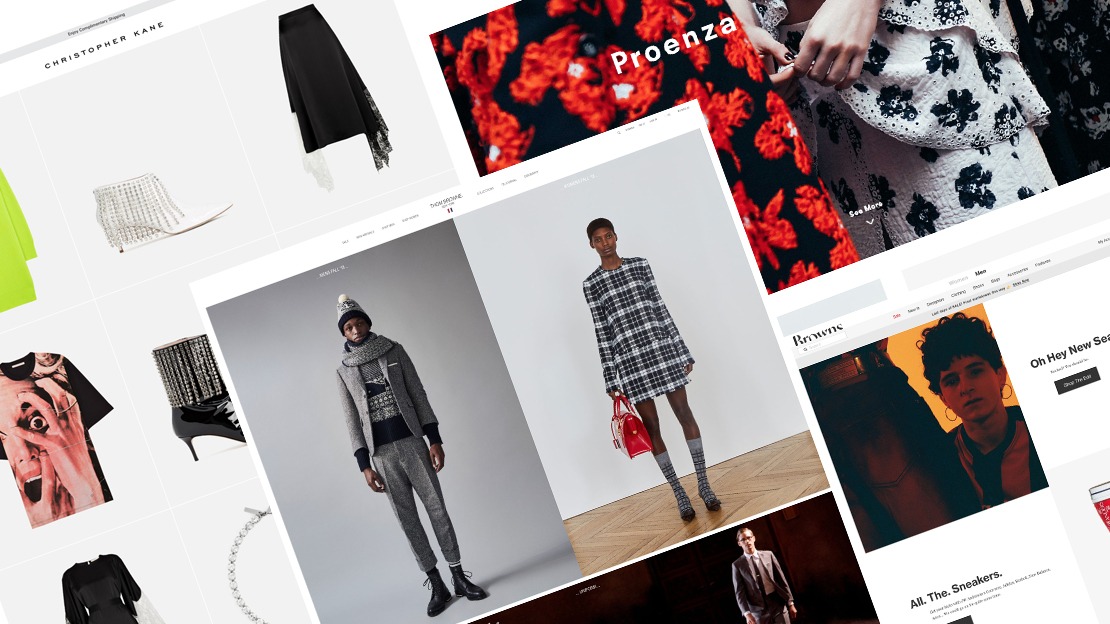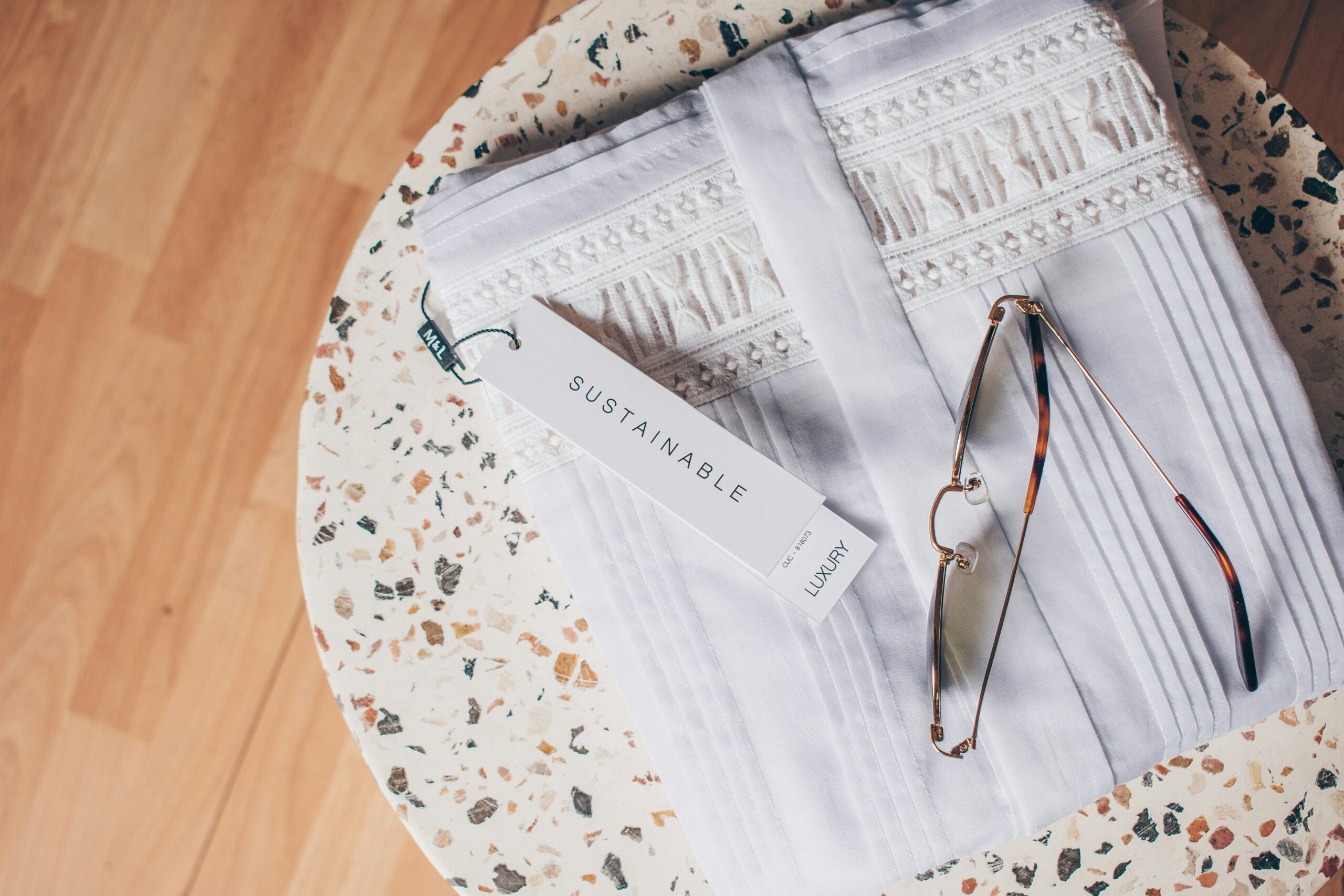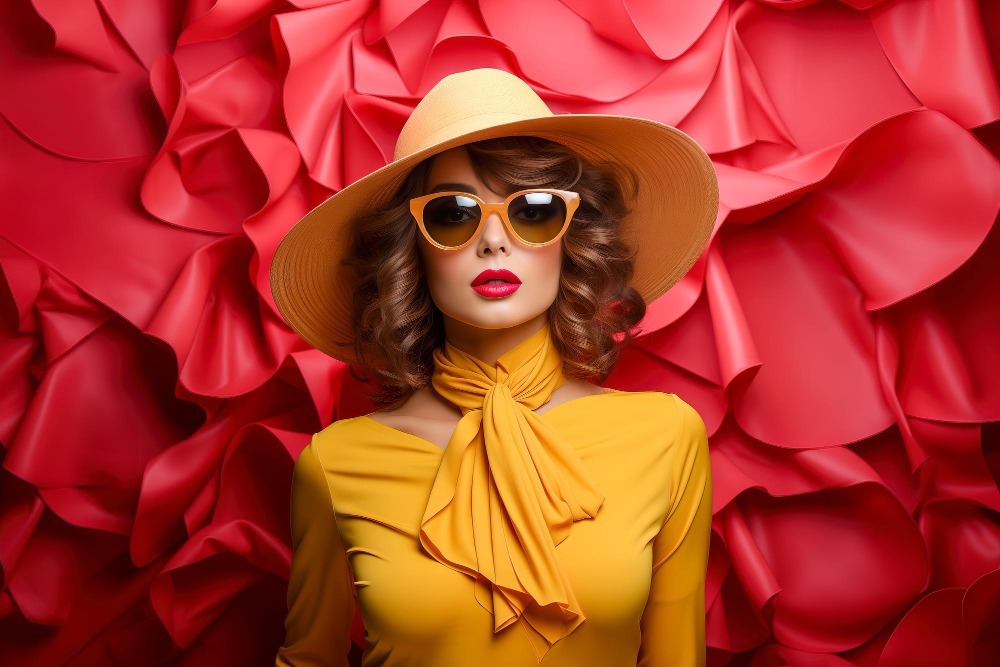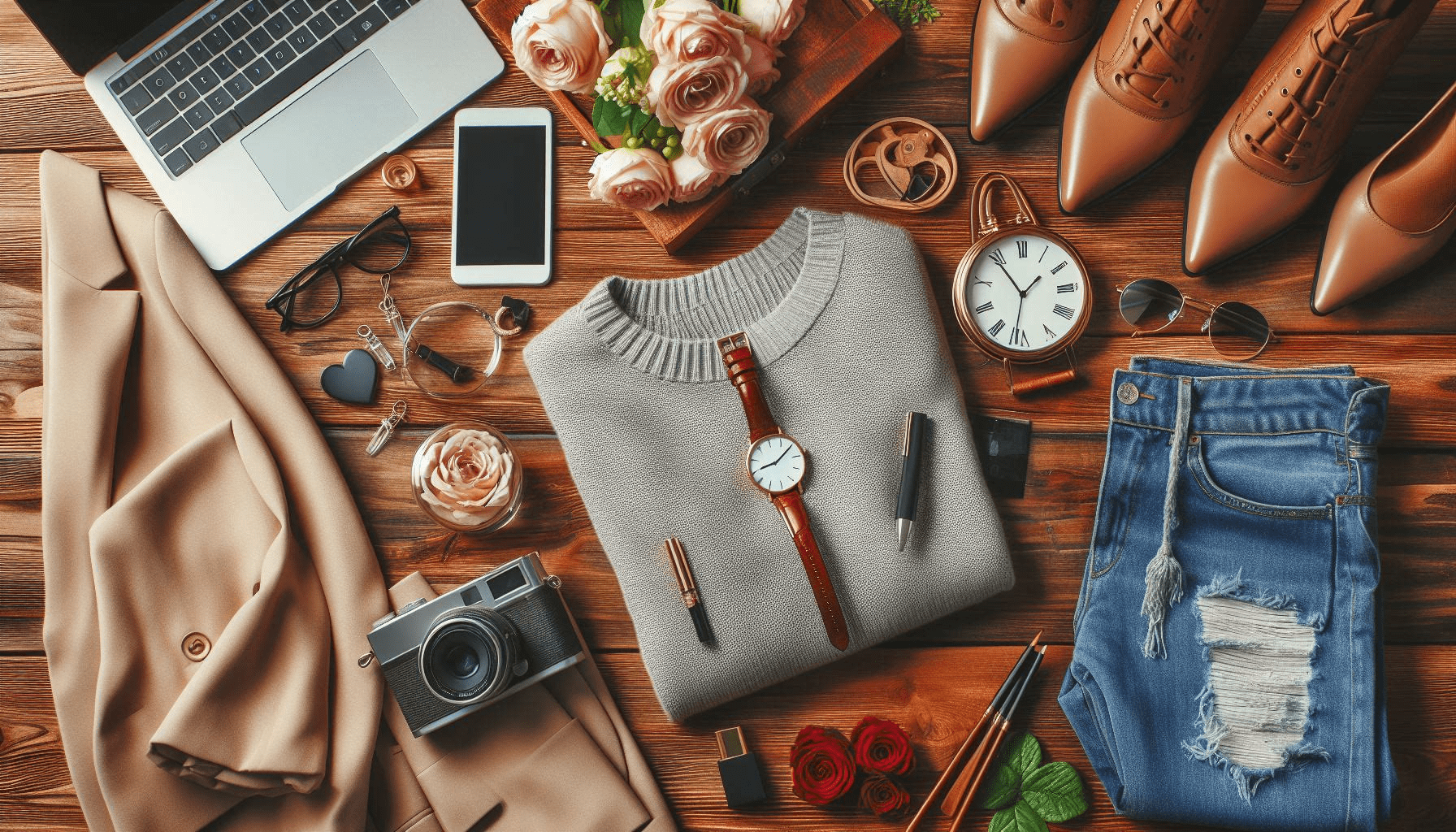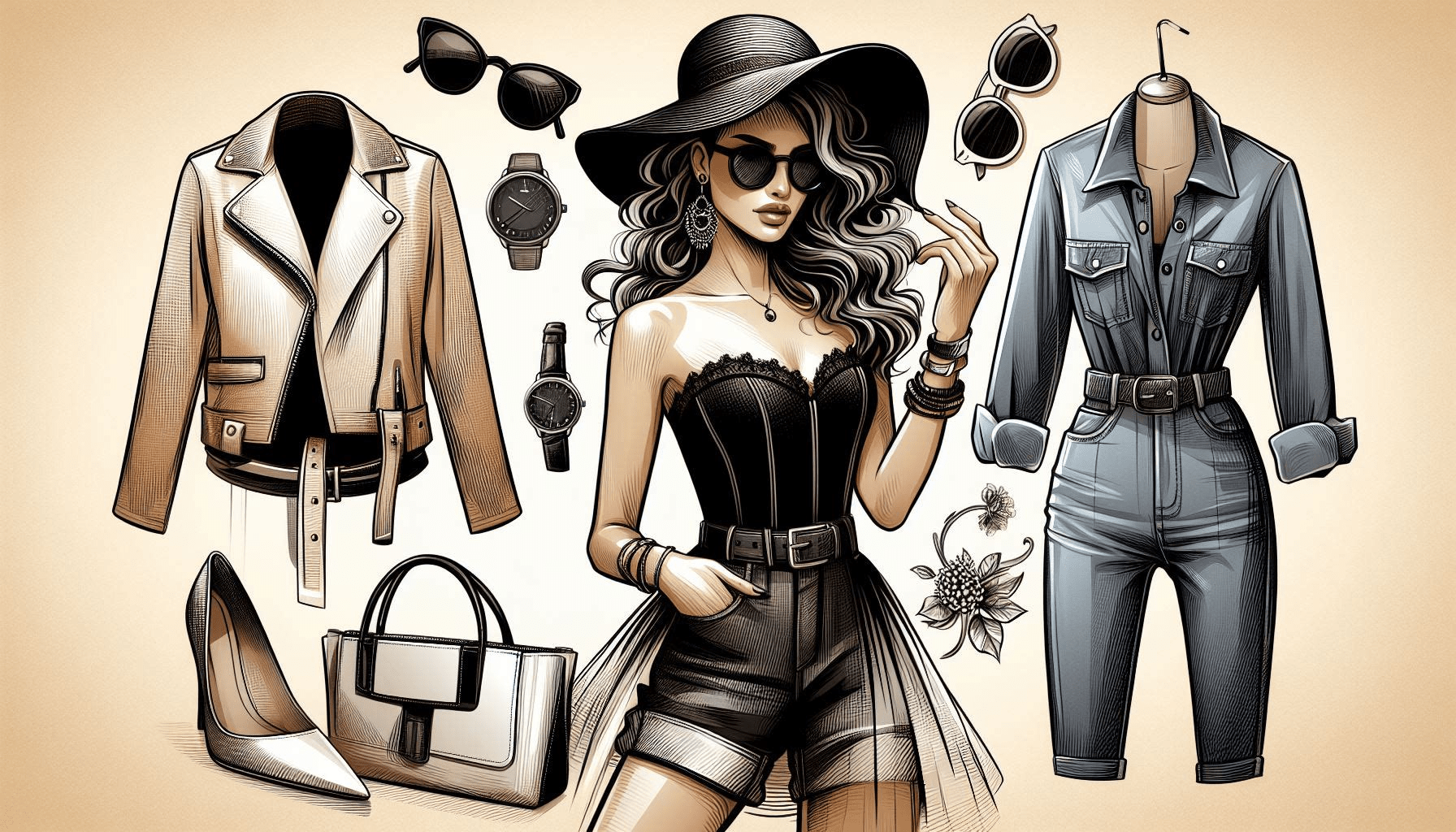Fashion is a constantly evolving art form, influenced by culture, social movements, and technology. Yet, within this ever-changing landscape, certain individuals rise above fleeting trends to become enduring style icons. These trendsetters leave an indelible mark on the fashion world, inspiring generations with their unique sense of style. Let’s embark on a journey through time, exploring iconic looks that continue to resonate today.
The Roaring Twenties: Flappers and Freedom
The 1920s, a post-war era brimming with liberation and newfound freedom, saw a dramatic shift in women’s fashion. Gone were the corseted silhouettes of the past. Enter the flapper: a woman embracing a more active lifestyle. The iconic flapper dress epitomized this change, featuring a dropped waist, shorter hemlines, and a relaxed fit. Fashion icons like Coco Chanel championed this new look, with her signature boxy jackets, little black dress, and pearls becoming timeless staples.

The Golden Age of Hollywood: Glamour Defined
The 1930s and 1940s ushered in the era of Hollywood glamour. Actresses became fashion icons, their on-screen elegance translating into real-world trends. Marlene Dietrich personified sophistication with her tailored pantsuits and evening gowns, while Katharine Hepburn redefined femininity through her androgynous style of trousers, blazers, and tailored shirts. Meanwhile, Audrey Hepburn emerged in the 1950s, captivating audiences with her gamine look of ballet flats, capri pants, and chic little black dresses.
The Age of Rebellion: Breaking the Mold
The 1960s and 1970s were a period of social and cultural upheaval, reflected in fashion. Youth culture took center stage, with a focus on self-expression and breaking away from traditional norms. Twiggy became a fashion icon with her bold miniskirts, heavy eyeliner, and cropped haircut. Yves Saint Laurent redefined what it meant to be a powerful woman with his Le Smoking tuxedo suit.
The Age of Excess: Bold Statements
The 1980s saw a shift towards bold and extravagant fashion. Think power suits with broad shoulders, neon colors, and statement accessories. Princess Diana captivated the world with her elegant yet modern approach to dressing, while Madonna pushed boundaries with her flamboyant and provocative style.
The Rise of Minimalism: Less is More
The 1990s saw a return to a more minimalist aesthetic. Calvin Klein championed clean lines, simple silhouettes, and a focus on comfort. Supermodels like Kate Moss and Naomi Campbell redefined the modeling industry with their effortless cool and androgynous style.

The Digital Age: A Globalized Fashion Landscape
The 21st century has witnessed a democratization of fashion. Social media has empowered individuals to become style icons, with bloggers and influencers showcasing their unique takes on trends. Sustainability has become a growing concern, with eco-conscious brands like Stella McCartney leading the way.
Conclusion
Fashion icons throughout history have shown us that style is an individual expression. Whether it’s embracing comfort and practicality, pushing boundaries, or exuding timeless elegance, there’s an enduring lesson to be learned from each era. By understanding the legacy of these style icons, we can cultivate our own sense of style and draw inspiration from the past to create a wardrobe that reflects our personality.
FAQs
Here are some frequently asked questions about fashion icons:
1.Who is your favorite fashion icon and why?
This is a personal choice! Explore different eras and styles to see who resonates with you the most.
2.How can I incorporate the style of a fashion icon into my wardrobe?
Don’t try to replicate an entire look. Instead, identify elements you admire and adapt them to your body type and personal style.
3.Do I need expensive clothes to look stylish?
Absolutely not! Invest in a few key pieces and build your wardrobe around them. Thrift stores and vintage shops can be great places to find unique and affordable items.
4.How can I develop my own personal style?
Experiment with different


